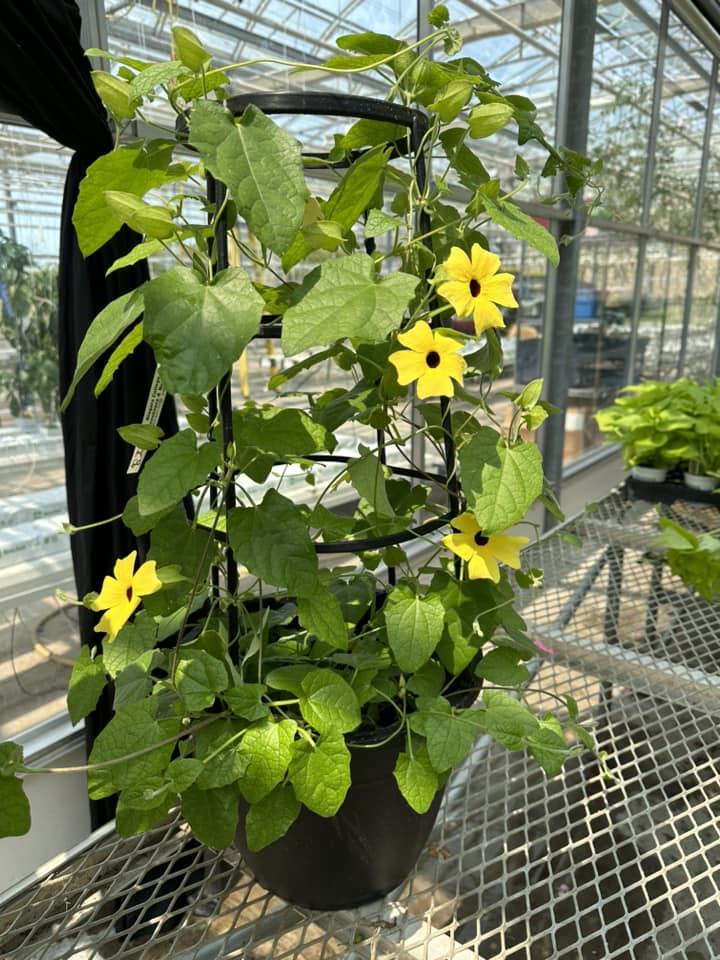
This season, we’re embracing the untamed allure of miniature meadows: wildflower gardens bursting from overflowing pots. Imagine vibrant splashes of color dancing in the breeze, attracting curious butterflies and buzzing bees. These micro-ecosystems hold more than just captivating beauty; they’re havens for pollinators, pockets of fragrant joy, and living testaments to the unbridled magic of nature, all condensed into charming containers.
But conjuring this untamed symphony in a pot requires more than just tossing in a handful of seeds. It’s an art form, a dance between chaos and control, where each bloom becomes a brushstroke painting a vibrant narrative. So, grab your gardening gloves and a dash of wildflower wonder, because we’re diving into the secrets of crafting Container Charm: 10 Blooms to Elevate Your Wild Garden in Pots!
Table of Contents
Selecting Your Cast of Characters: 10 Blooms for a Thriving Potpourri
The key to a captivating wildflower container lies in choosing the right players. We want a diverse ensemble, each bloom adding its unique voice to the chorus. Here are 10 vibrant personalities to consider:
- California Poppy (Eschscholzia californica): Blazing orange cups with ruffled edges, radiating sunshine even on the gloomiest days.
- Cosmos bipinnatus: A playful jester, dancing with airy, daisy-like blooms in shades of pink, white, and crimson.
- Black-eyed Susan (Rudbeckia hirta): A cheerful sunflower miniature, with golden petals framing a dark, mysterious center.
- Sweet Alyssum (Lobularia maritima): A cascading waterfall of honeyed fragrance, attracting pollinators like moths to a flame.
- Borage (Borago officinalis): Starry-eyed blooms in shades of blue and purple, adding a touch of whimsical charm.
- Foxglove (Digitalis purpurea): Tall spires adorned with bell-shaped blossoms in delicate hues, adding a touch of drama to the mix.
- Lupine (Lupinus polyphyllus): Regal spikes of colorful pea-like flowers, bringing a touch of elegant whimsy.
- Cornflower (Centaurea cyanus): Bold splashes of vibrant blue, like tiny pieces of summer sky nestled amongst the greenery.
- Bachelor Buttons (Centaurea cyanus): A compact cousin of the cornflower, offering bursts of blue, pink, and white in cheerful pom-pom clusters.
- Dianthus caryophyllus: Sweetly scented carnations in a rainbow of colors, adding a touch of old-fashioned charm.
Variety is key! Play with heights, textures, and bloom times to create a dynamic, ever-evolving tapestry. Don’t be afraid to experiment, mix and match, and let your color palette guide you.
Setting the Stage: Creating the Perfect Potting Paradise
Now that you’ve chosen your floral ensemble, it’s time to design their stage. Pots become miniature landscapes, requiring careful consideration of drainage, soil, and sun exposure.
- Drainage is vital: Choose pots with drainage holes or add a layer of gravel at the bottom to prevent waterlogging. Soggy soil is the enemy of wildflower dreams!
- Soil matters: Opt for a well-draining potting mix, ideally with organic matter like compost or manure. Wildflowers prefer lean soil, so avoid the nutrient-rich varieties meant for vegetable gardens.
- Sun seekers and shade dwellers: Pay attention to the sunlight needs of your chosen blooms. Group sun-loving Californias Poppies with light-craving Cosmos, while Borage and Foxgloves can happily share a shadier corner.
Unleashing the Wild: Sowing Seeds and Taming the Chaos
With your stage set, the fun begins! Sowing wildflower seeds directly into the pot is an adventure in itself. Here are some tips to guide your green thumb:
- Scatter liberally: Resist the urge to meticulously space your seeds. Wildflowers thrive in a bit of controlled chaos. Sprinkle them generously over the soil surface, then lightly cover with a thin layer of sand or compost.
- Patience is a virtue: Germination times can vary, so resist the urge to constantly dig and peek. Keep the soil moist but not soggy, and soon, tiny green shoots will poke through, bringing your miniature meadow to life.
- Thinning with love: Once seedlings emerge, gently thin them out to avoid overcrowding. This ensures each plant has enough space to flourish and showcase its wild beauty.
Don’t be afraid to let nature take its course. Wildflowers thrive on a bit of neglect, so avoid overwatering or fussing. Simply provide them with sunlight, well-draining soil
